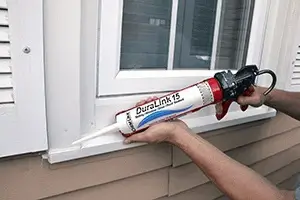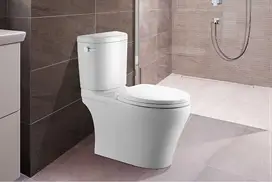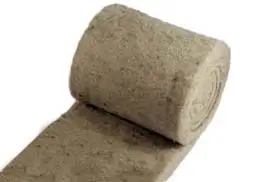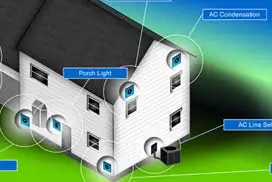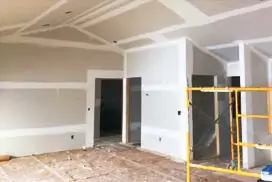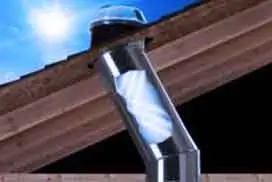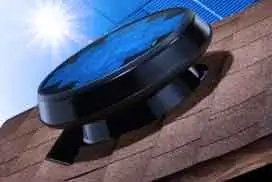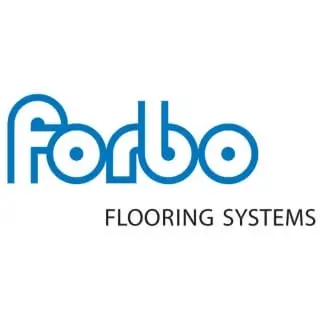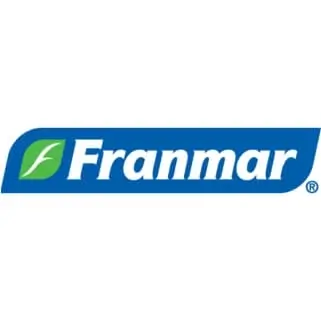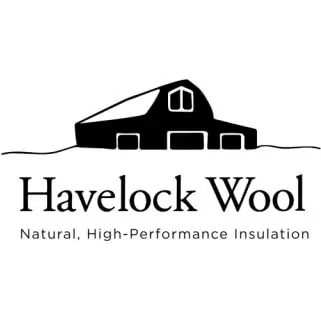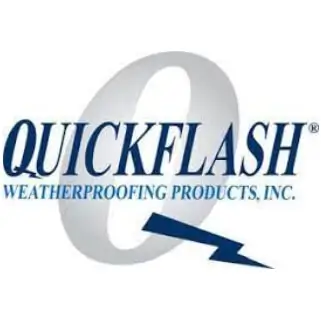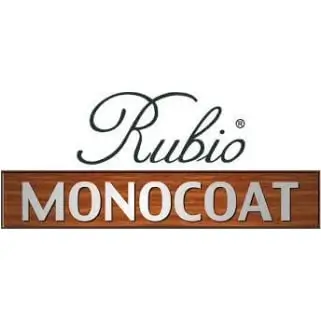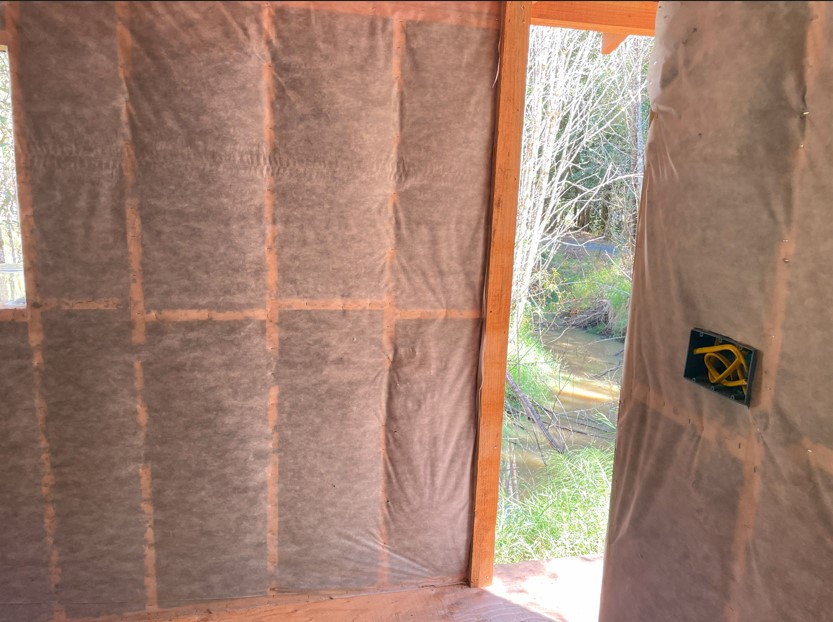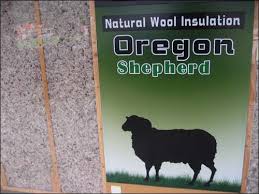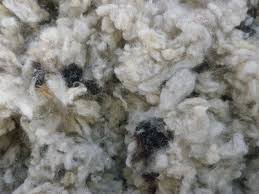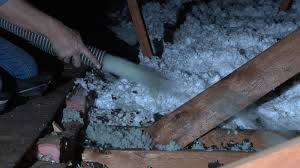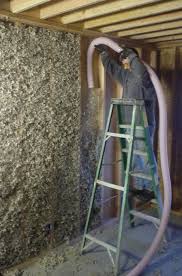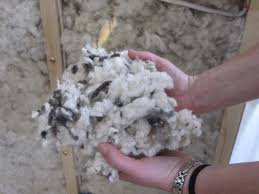Description
Oregon Shepherd Netting/Fabric for Loose Sheep Wool Insulation
To assist in the installation within open vertical or overhead cavities, one will want to attached some sort of fabric or netting to their studs / rafters / joists.
Oregon Shepherd offers a fabric similar to synthetic quilt backing which comes in 10-foot widths. Price unit is per each one-foot strip that is ten feet wide, thus ten square feet.
Here is a blog from one of our customers who set out on a journey of home maintenance full of investigation, research, and surprises resulting in a holistic approach to renovation: Love Laugh and Make Lemonade – How to Knit Your House a Sweater
Coverage
One single one-foot strip is ten feet wide and totals ten square feet. If your walls are nine feet tall, you might want to order by linear feet of wall and waste the top foot, or instead cut nine-foot strips, depending upon how your studs line up.
Installation
Loose sheep wool insulation may be placed by hand, or it may be blown in much the same way as is done for loose fiberglass (don’t do it!) or cellulose (okay as long as it doesn’t get wet).
If placing by hand:
- You may want to order a little extra, as it is trickier to get the proper density
- Your wool arrives in a box packed to about 6 times the installation density, so each cubic foot of packed wool will need to be ‘fluffed’ to about six cubic feet.
- One trick is to put portions of the wool in a large plastic bag and using a shop-vac on reverse, insert the nozzle into the bag and fluff the wool.
When blowing in loose sheep wool:
- You can expect a 10 foot projection of the material from the end of the hose.
- There is not much that you have to do differently for sheep wool versus fiberglass/cellulose:
- Sheep Wool is more dense than fiberglass and cellulose.
- Don’t run your airlock wide-open. Keep it about 2/3rds open.
- Run your air wide open.
- Don’t attempt to dense pack with any hose diameter smaller than 2″.
- The folks at InsulationMachines.net recommend the CM2400 for sheep wool.
- However, John mentioned that they prefer the FibreForce blower by Intec for the best application.




